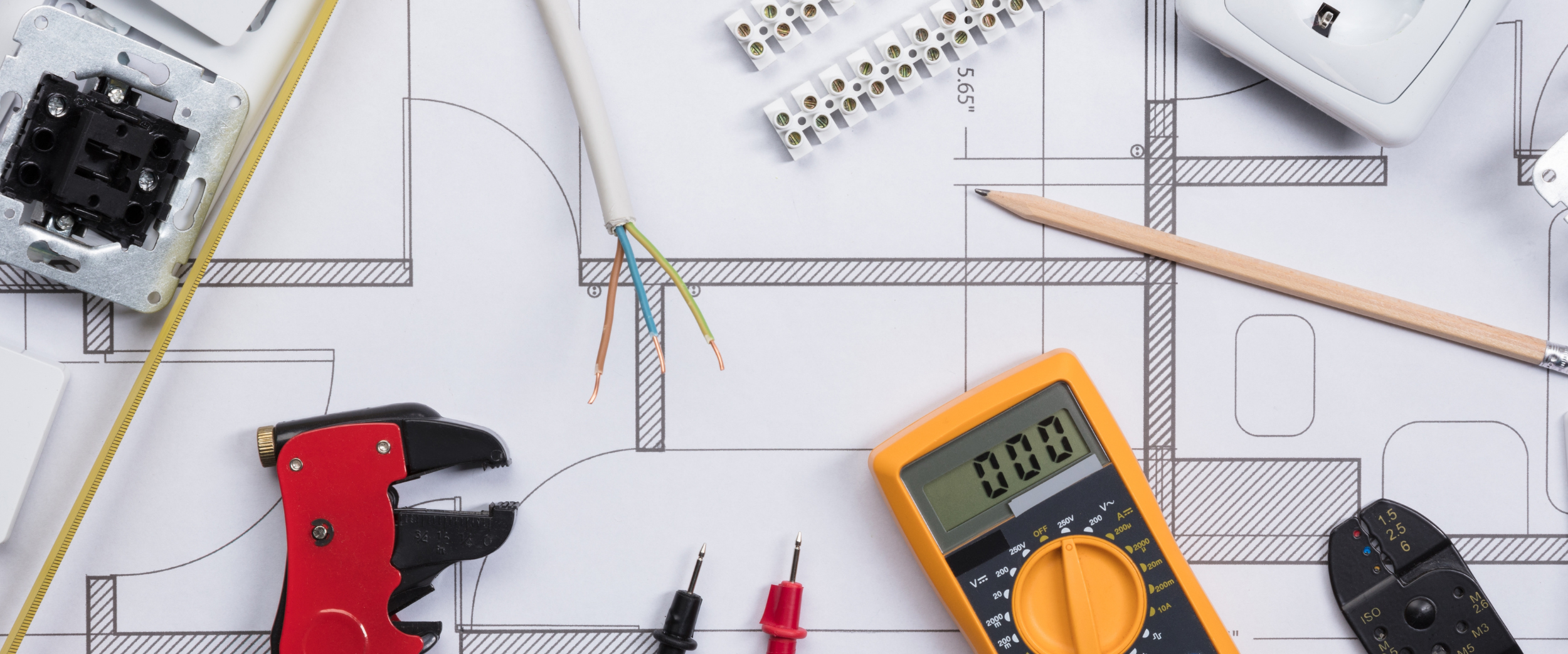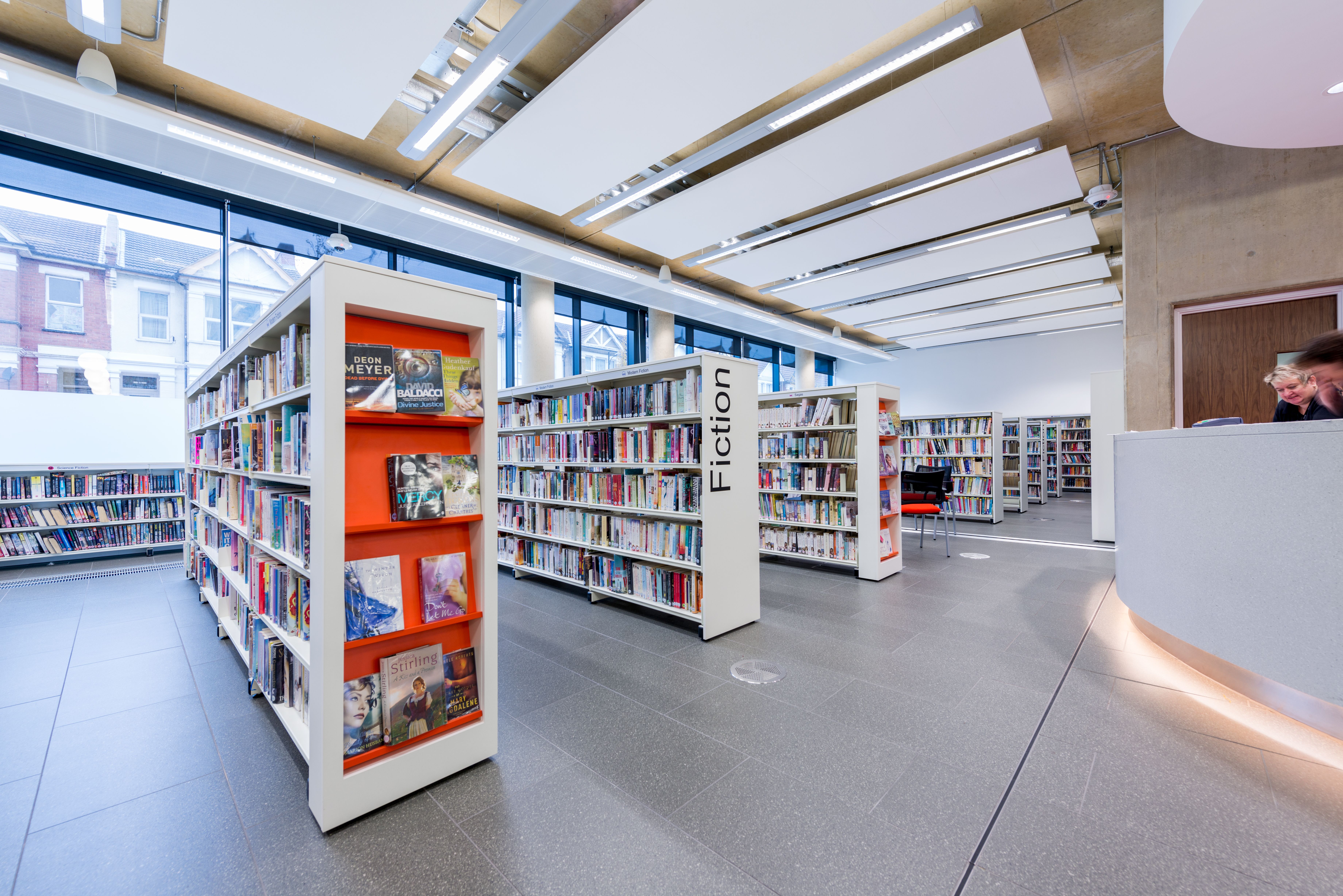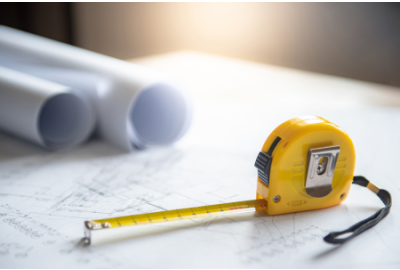

Communicating your vision to architects and space planners.
Vivien Low is WF Education’s Lead Designer and has worked in public and educational library design for over 30 years. Here she shares some advice and her top tips to help when embarking on a redesign or reconfiguration of your library space.
Vivien encourages librarians to expect — and allow — individuals to make the library their own.
“We have a saying, ‘If it has legs, it will walk,’” she says, referring to the way students or patrons will move furniture or modify the layout to suit their needs. “It’s important for us as designers to create a design that’s generous, that can allow that without losing its identity.”




This approach creates a dynamic environment that can adapt from day to day and morning to evening. Granting visitors, the autonomy to co-create the space results in a natural evolution of library use, offering inspiration for future purposes of various items and areas.
In addition to this, Vivien underscores the significance of library design in supporting both individual and societal health and well-being.
While the library serves as a place for learning, work, and social interaction, it is also a space for simply existing.
Recognizing the constraints of finite budgets for library design, Vivien recommends focusing on specific areas that can be versatile and serve various purposes, instead of attempting to make the entire library universally flexible. She suggests identifying key spaces where complete flexibility is feasible, providing a playground for library staff to innovate and develop new programmes.
“You will never have all the funds and the staff and resources to be able to change everything," she notes. "Decide the few places that you're going to be 100% flexible in the library, that you can change fully and that can lend themselves to specific activities.”


Great libraries have always displayed resilience and adaptability, and these strategies can serve as a framework to further enhance that resilience. By prioritising inclusivity, creativity, and innovation in library design, these principles lay the foundation for the continued evolution of libraries, ensuring their relevance for years to come.
Read our latest blog
Designing Tomorrow's School Library Spaces:
The Dance Between Librarians and Architects









